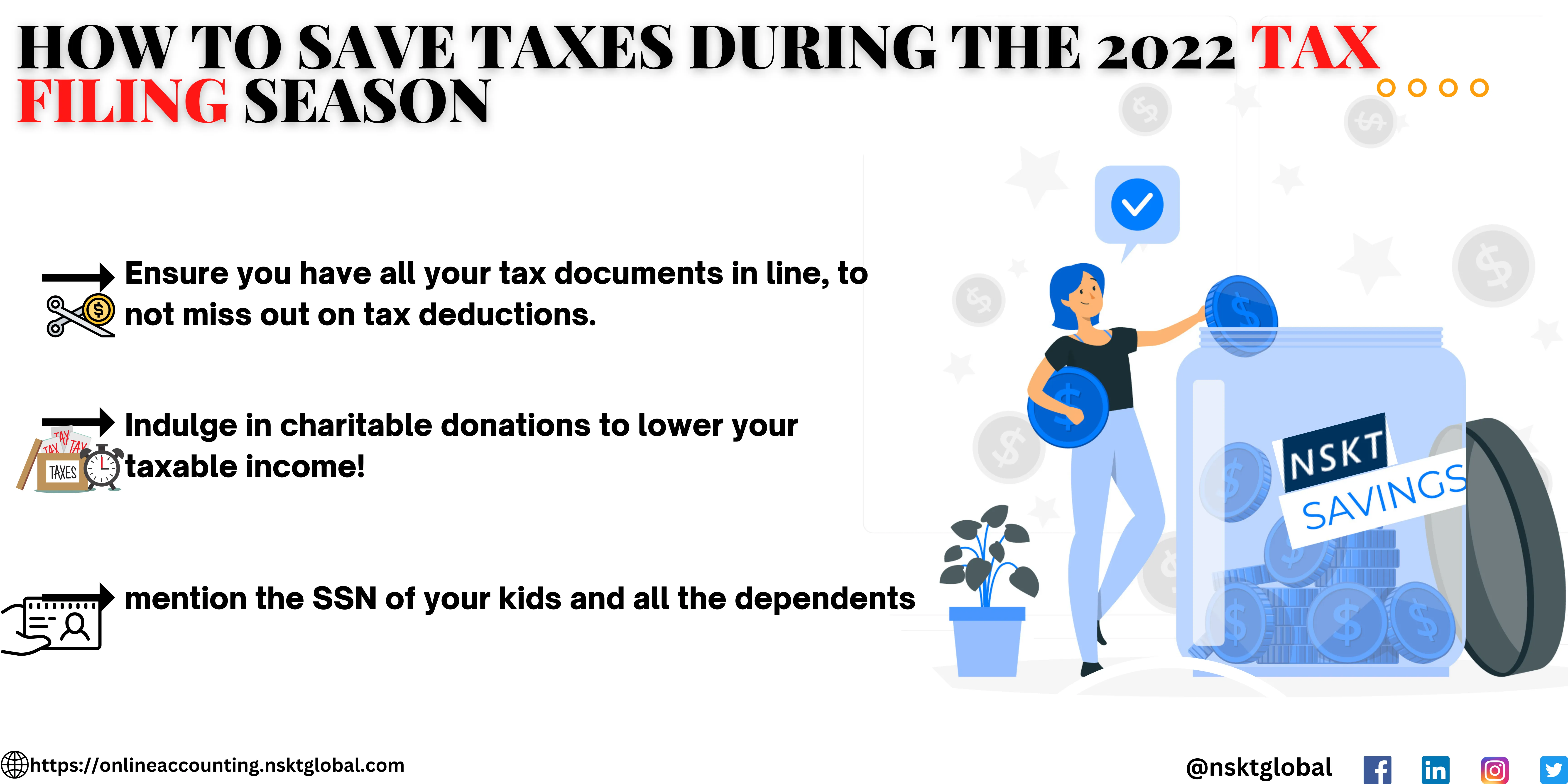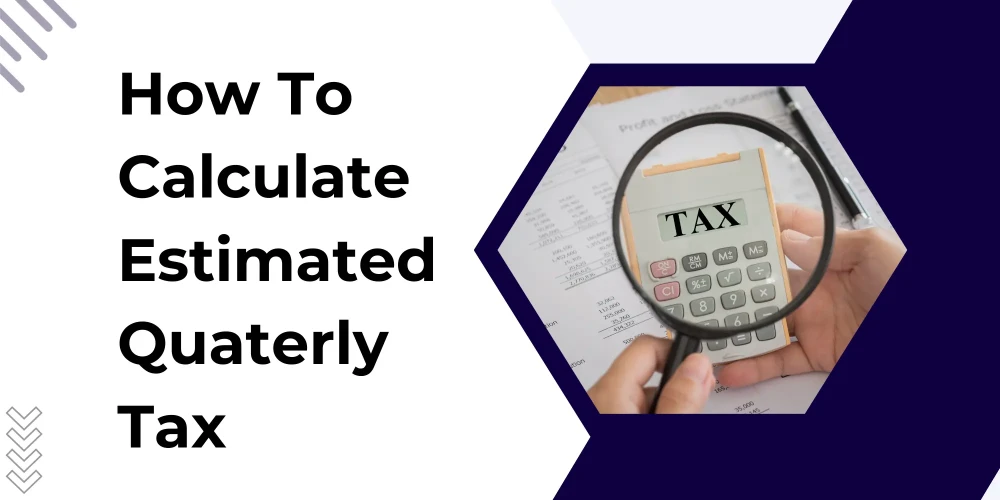Table of Contents
Taxpayers can lower the individual taxes they owe with the help of several tax strategies. Tax Deductions and Tax Credits affect the taxes paid to the IRS and might look the same if one doesn't know any better. However, Tax deductions and Tax credits have different mechanisms, and professionals need to understand them to lower one’s individual taxes to be paid to the IRS. One must also understand how to list itemized and standard deductions to save more during tax filing. Let us delve deeper into these topics and know how they can help you lower your taxes.
During tax filing, go for either standard or itemized deduction
Tax deductions help you lower the taxes you owe to the IRS by reducing the amount of your taxable income. With a lower taxable income, one can fall into a lower tax bracket or save tax in the same bracket to a considerable extent. During the filing of individual Taxes, people can avail of tax deductions in one of two ways, including standard deductions and itemized deductions. One can not avail of both deductions at the same time. You need not qualify for anything to avail of the standard deductions. Your filing status determines the standardized deductions you can avail of.
In case deductible expenses allow you to save more while filing individual taxes, you can list out all the deductions you qualify for with the help of Schedule A, Form 1040. One can also claim several above-the-line deductions that one can avail of, on top of standard deductions. While carrying out individual Tax filing, one must also remember that they can either claim tax credits, or deductions, for a particular expense, and not both at the same time. If you paid for a college degree out of your pocket, you would not be able to claim both the Lifetime Learning Credit and tuition and fees deductions.
Suppose you are a self-employed taxpayer and have been outside your locality. In that case, you can list travel expenses, hotels, and business meetings over dine-outs as tax deductibles. Thus, you can lower your tax bills by listing your expenses related to running a business. You can further reduce your tax bills by listing your contributions to charities. Although this counts as an itemized deduction, you can also claim charitable expenses up to $300, in case you are a single taxpayer, and up to $600, if you file tax returns jointly as a married couple. To calculate the Adjusted Gross Income, around $2,500 can be deducted from your taxable income against Student Loan Interest. This, in addition to several other deductions, can help you lower your individual taxes.
Tax Credits
Tax credits function differently, as they help reduce the tax bill directly. If a taxpayer qualifies for a $1,000 tax credit and their tax bills amount to $4,000, a total of $3,000 must be paid to the IRS. However, one must also remember that some tax credits are non-refundable and must be used carefully. If you are using a non-refundable tax credit worth $1,500 to lower your tax bills, which amount to $1,360, you would not be able to use the remaining $140 to enhance your tax savings further. Refundable tax credits have the capability of improving refunds. The Earned Income Tax Credit is one such refundable tax credit. Some other tax credits commonly used by individuals and small individual taxpayers in the USA include the Child and Dependent Care Credit, the Child Tax Credit, the Lifetime Learning Credit, and the Saver's Credit.
The EITC, or Earned Income Tax Credits, can help you reduce the amount of individual taxes in case you have a low to moderate income. To qualify for the EITC, you must file a tax return, even if you do not owe taxes to the government. EITC is of great help to people with low incomes, as it can help bring their tax below zero, making them eligible for a refund. If a qualified taxpayer has three or more children, they can avail of a maximum of $7,430 EITC to lower their taxes. The Child Tax Credit you can receive depends upon your income and the number of children that depend on you. To help struggling parents, the IRS pays half of the Child Tax Credit every month, from July to December, while the rest can be claimed while filing the return.
How Tax Credits and Tax deductions compare against each other
Let us compare how tax credits and deductions affect your Taxes for a year by applying them in a practical scenario. Let us compare a $15,000 tax deduction with a $15,000 tax credit by considering an Aggregated Gross Income of $100,000. By applying a $15,000 tax deduction, the taxable income becomes $85,000. While in the case of a tax credit being used, the taxable income stays the same. A 25% tax rate in both instances would lead to the initial tax calculation of $22,500 and $25,000. However, applying a $15,000 tax credit to the latter leaves us with final bills of $22,500 and $10,000.
.png)
Itemized and Standard Deductions
Taxpayers must understand how itemized and standard deductions affect individual Taxes and which would benefit them more. The standardized tax deduction amount can vary from person to person, based on the taxpayer's filing status and other factors, such as age, the number of people that depend on them, etc. Taxpayers can find the standard deduction they are eligible for if they use Form 1040 or Form 1040-SR. If one finds themselves unable to avail of the standard individual tax deductions or finds itemized deductions more profitable, they can choose to itemize their applicable deductions. Some items that can be included in the itemized deductions include Sales taxes, taxes on real estate and personal properties, interest on Mortgages, and Mortgage Insurance premiums. Charitable donations, in addition to individual casualties. You can learn more about the Itemized deductibles that can help lower your taxes and their limitations with the help of Schedule A, Form 1040. It would be best if you calculated itemized and standard deductions on your taxable income to fixate upon the more beneficial one.
Itemized deductions
Itemized tax deductions are different than above-the-line deductions. Above-the-line deductions include self-employment expenses, student loan premiums, and any similar expenses paid monthly. Such below-the-line expenses are calculated with the help of schedule A, mandated by the IRS, and are carried over to 1040-Form. The itemized deductions are subtracted from your AGI (Adjusted Gross Income), and the remainder of your income is used to calculate your taxes and generate your tax bill. The government introduced these deductions to encourage people to engage in activities, such as donating to charities and buying real estate properties. Several categories have been mentioned in Schedule A. These categories include medical and dental bills that amount to more than 7.5% of the AGI of a taxpayer. One can also list long-term care premiums for insurance that qualify as deductible and account for more than 10% of the AGI of a taxpayer. One can also include home mortgage interest and equity loans in the List of tax deductibles, and there are laws based on when the loan was taken out to determine its eligibility. You can also list the interest on home-equity loans if the borrowed loan is used to improve or build a house. The list goes on, and one can estimate the itemized deductions they can avail of with the help of Schedule A, to lower the amount of individual taxes they owe to the IRS.
Standardized deductions
The government introduced standard deductions to ensure taxpayers enjoy a certain amount of tax-free income. These deductions keep varying every year, based on the rates of inflation. Certain standard deductions are set for taxpayers in the United States based on their tax-filing status. The standard deductions for single people are different from those for married couples. The standard deduction for single and married taxpayers filing their taxes separately stands at $12,950, while for married couples filing taxes jointly, it stands at around $25,900. The standard tax deduction for taxpayers filing taxes as the “head of household” is $19,500. However, the standard deductions are increased in case the taxpayer is at least 65 years of age. Standard deductions are also higher for people that are partially/fully blind. As stated by the IRS, a person with a vision equal to or less than 20 degrees, or someone with a corrected vision below 20/200, can avail of this standard deduction.
.png)
One must consider understanding their eligibility for standard deductions before filing their taxes. Several criteria must be met for you to avail of standardized deductions. Certain situations might inhibit you from availing of standardized deductions. If you are married, and your spouse itemizes their deductions, you would not be able to avail of standard deductions if both of you file your taxes jointly.
You must run the numbers and see which kind of deduction benefits you the most before you opt for one. Otherwise, you could risk paying more tax than you need to.
One must understand how tax credits and deductions work after indulging in individual Tax filing. Without proper knowledge regarding how both affect the amount of tax owed to the IRS, taxpayers risk missing out on maximizing their tax returns. Strategizing and filing individual tax returns can get quite complex, and one might lose out on several benefits if individual tax filing is not done correctly.
You can let professionals handle your tax accounts and focus on enhancing your individuality. NSKT Global features a team of experienced and dedicated professionals who help you through every step of the process. Our professionals can assist you in setting up your tax account, allow you to strategize for better tax returns, and even help carry out the tax filing process. Our team ensures an error-free and lightning-fast tax filing experience for our clients. Head to the official NSKT Global website to learn how you can benefit from the tax filing services offered by an extensive and qualified team of professionals.







